Results 4,851 to 4,860 of 12094
Thread: Anandtech News
-
03-20-15, 09:31 AM #4851
Anandtech: Clevo P750ZM: GTX 980M Overclocking Investigated
We posted our full review of the Eurocom P5 Pro (Clevo P750ZM) last week and mentioned that we were investigating overclocking potential. Armed with an updated VBIOS and running NVIDIA’s older 344.75 drivers (as the current NVIDIA drivers lock out overclocking), just how far can you push the GTX 980M? We’ve run some additional tests to find out how much headroom exists and what happens to thermals in the process.
More...
-
03-20-15, 09:31 AM #4852
Anandtech: Microsoft Hints at Windows 10 IoT SKUs
This week at Microsoft's WinHEC 2015 conference in Shenzen, Microsoft announced new details in support of the developing IoT market. Microsoft previously announced support for the Raspberry Pi 2 with a customized version of Windows 10, and they have now provided a bit more information about Windows 10 in general.
The primary information provided by Microsoft is that there will be an entirely new edition of Windows 10, "Windows 10 IoT", using a similar postfix notation as the ill-fated "Windows 8 RT". However, within Windows 10 IoT there are three classes: industry devices, mobile devices, and small devices. This could be the eventual official names of Stock Keeping Units (SKUs) for Windows 10 IoT, but Microsoft was careful not to use the SKU term yet.
All three classes of Windows 10 IoT support universal apps and drivers. This extends the deployment options of a single app from desktops, laptops, tablets, game consoles, TVs and augmented reality (Holo Lens), all the way to IoT devices. The idea of a single app running on all these targets is quite impressive if it can be done well. While one app might not need to be on every type of device, it at least implies the development experience for each target is similar therefore lowering the barrier to entry.
Windows 10 IoT for industry devices has identical requirements to traditional 32-bit Windows 10: x86 processor, 16 GB storage and 1 GB RAM. Therefore it will be interesting to see what software tweaks are provided in Windows 10 IoT for industry devices that differentiate it from traditional Windows 10. Microsoft has not yet provided any details about this, but alludes to deeper integration with cloud services, security, and machine to machine connectivity. Microsoft mentions targeting medical devices, robotics, and other smart machine applications. From my own perspective, many of these devices already run Linux or real-time operating systems such as VxWorks so this could be an uphill battle.
Windows 10 IoT for mobile devices is a subset of functionality. It excludes the desktop shell but keeps the all modern interface introduced in Windows 8, then further reduces storage needs to 4 GB and an memory to 512 MB. Microsoft also limits it to only ARM processors, which is quite surprising considering that Windows 10 for small devices works on ARM or x86 processors. Also, the overlap with Windows Phone is considerable, and considering the rumors of x86 support in Windows 10 for phones, Windows 10 IoT for mobile devices is quite an enigma at the moment.
Finally, Windows 10 IoT for small devices drops the shell entirely but maintains universal app compatibility. This might imply that there is no way to interact with the operating system while running an app, such as a kiosk experience for Point of Sale (PoS) or media center devices. Microsoft's own documentation states "To keep storage and memory costs low, this edition of Windows 10 does not include a Windows start experience or in-box apps. Instead, the device maker builds the device experience as a Windows universal app and configures the device to launch that app at boot, giving the device developer complete control over the device experience." Requirements drop down to 256 MB of RAM and 2 GB of storage. As mentioned above, x86 and ARM processors are supported.
Microsoft also announced that Windows 10 IoT for small devices will be free for makers and commercial device builders. The language used is quite specific and it appears to rule out deploying Windows 10 IoT for small devices internally within a company.
Finally, Microsoft's supplied graphic highlighting three compatible small devices includes the Raspberry Pi 2, an Intel Atom development board, and the Qualcomm DragonBoard 410c. The processors in each are ARMv7, x86, and ARMv8 respectively.
Unfortunately many questions remain. We look forward to Microsoft providing more details and evaluation units in the future.
More...
-
03-22-15, 08:00 PM #4853
Anandtech: The HTC One M9 Review: Part 1
For the most part, HTC’s story in the recent past has been well-understood. Starting with the G1, HTC was the first to adopt Android, with massive success as others lagged behind. However, around the time of the Sensation, we saw HTC’s fortunes peak and begin to fall. With the strength of Samsung’s success, HTC crumbled under competitive pressure as their product line became increasingly fragmented, with no real direction. HTC reacted with the One line of phones, but the One X was hurt by the use of Tegra 3 over Snapdragon S4 for most variants, the flexible back cover could easily damage antenna connectors and ruin reception, and in general the One X wasn’t really well-differentiated.
The One M7 was essentially the phone that saved HTC. While at the time it wasn’t as clear, the One M7 was ultimately a better phone than any flagship phone that competed with it. The display was and still is incredible, the design clearly differentiated and well-executed, Sense 5 was smooth and well-designed, the front-facing speakers made for amazing media experiences, and the camera was somewhat of a revelation at the time for its low light quality. The One M8 continued this by refreshing the M7 in some key areas, but areas like the camera weren’t really improved upon, the design was a bit too rounded, and the ergonomics of the bigger phone weren’t the greatest due to the top-mounted power button.
The One M9 attempts to take the M8 and address all of these issues. To see how well it does this, read on for the full review.
More...
-
03-23-15, 08:30 AM #4854
Anandtech: Corsair Releases Orange Dominator Platinum DDR4-3400 for GIGABYTE X99-SOC
During CES earlier this year we spent some time at the Corsair booth and saw a beta system demoing an orange kit of DDR4-3400 modules on the X99-SOC Champion. It would seem that now those modules are finally coming to market, with the X99-SOC Champion being the lead platform due to the styling. Both Corsair and GIGABYTE are pushing both the speed of the modules (at 16-18-18 sub-timings) and the motherboard which is designed to take care of the faster speeds.
We were the first to review the X99-SOC Champion when it was released at CES, and agreed that it had the chance to take the place for X99 overclockers on a budget. However, these DDR4-3400 modules will not come cheap with an MSRP of $999.99 for a 4x4GB kit, but will come with a lifetime warranty. Users of the X99-SOC Champion will have to update to BIOS F4d, which should be available online shortly, in order to enable XMP appropriately.
We actually have these modules in to test already, and applying XMP in our test system put the CPU into the 167 MHz strap at 160 MHz, resulting in a 22x multiplier on the CPU in order to keep the CPU frequency relatively consistent.
The reason it goes for this strap is because at the 100 MHz strap it would require a higher DRAM multiplier which may not be possible. In actual fact, our testing CPU would not allow the 100 MHz with a 34x DRAM multiplier, but neither would it allow 160 Mhz on the 167 MHz strap either due to a mediocre processor.
We were able to get the kit running at DDR4-3400 using the 125 MHz strap with a small overclock, which kind of confuses comparisons because it means the CPU is lower/higher in frequency, depending on the CPU multiplier (127.5 x 27 = 3440 MHz / 127.5 x 28 = 3570 MHz). One of the benefits of these high end memory kits with a processor at XMP will be that they require a CPU overclock to work properly, promoting performance (albeit indirectly). We tuned the CPU to stock speeds which reduced the kit to DDR4-3333 (still 16-18-18), and the biggest jumps from our quick testing showed WinRAR on Windows and Redis on Linux both getting improvements over 2133 MHz, similar to our deep dive into DDR4 performance.
We’ll roll out a full review, with new GPU benchmarks as well, at a later date. I would imagine that in time these modules will also be validated on other systems, however it would seem that GIGABYTE and Corsair have done a deal to focus on the X99-SOC Champion first. The modules will initially be available from corsair.com.
Gallery: Corsair Releases Orange Dominator Platinum DDR4-3400 for GIGABYTE X99-SOC Champion

More...
-
03-24-15, 07:31 AM #4855
Anandtech: The Rosewill Photon 1050W Review
It has been nearly three years since our last review of a Rosewill PSU and the company is now back with an entirely new series, the Photon. With the Photon, Rosewill hopes to entice enthusiasts and advanced users. Does it have what it takes to lure such a demanding users group? We will find out in this review.
More...
-
03-24-15, 12:30 PM #4856
Anandtech: GIGABYTE Server Releases ARM Solutions using AppliedMicro and Annapurna La
As Johan points out in his deep dive of ARM in the server market, given a focused strategy new ARM solutions can offer the potential to disrupt some very typical x86 applications. Migrating from the ARM instruction sets or the ARM architecture into something in silicon is one part of the equation, then producing something more tangible has been the quest of a few solution providers. Typically these solutions all focus on enterprise as one would expect, and it would take time to filter down depending on use case and application. It would seem that today, for the opening of the WHD.global event in Germany, GIGABYTE’s server arm is launching a couple of ‘Server on a Chip’ solutions.
First up is a model built around the AppliedMicro X-Gene under the ARMv8-A architecture. The MP30-AR0 uses the 45W X-Gene1, a 40nm eight-core solution running at 2.4 GHz using pairs of cores shared L2 cache with an overriding 8MB L3 cache.
The system uses quad channel DDR3 with ECC, exploiting two DIMMs per channel for a total of 128GB. Two 10GbE SFP+ ports are supplied, along with two RJ-45 1 GbE ports from a Marvell 88E1512 controller. Four SATA 6 Gbps ports are part of the SoC, along with two PCIe 3.0 x8 slots in an x16 form factor. No USB 3.0, but USB 2.0 and a VGA output for the AST2400 server control IC included, which means another control network port on the rear-IO.
The MP30-AR0 is compliant with ARM Server Base System Architecture (SBSA) and Server Base Root Requirements (SBBR) standards, and is designed for cloud and scale-out computing. While GIGABYTE’s server division has been hard at work enabling their products to be sold at retail, the ARM based platforms will most likely be a distributor b2b only offering, at least of now. This motherboard/SoC system will also be available in a 1U server rackmount (the R120-P30) with four hotswappable bays and a single PCIe riser card, as shown above.
On the storage side, GIGABYTE Server is releasing the D120-S3G, a rackmount powered by the Annapurna Labs Alpine AL5140, which translates as a 1.7 GHz Quad A15 solution running at a 10W TDP relying on ARMv7 for the instruction set.
This system seems more for cold-storage, offering support for 16 SATA 6Gbps drives with RAID 5 and RAID 6 both supported. The motherboard has only one memory slot, but two gigabit Ethernet ports are flanked with two 10GbE integrated SFP+ ports as well. An AST2400 supplies the network control, and GIGABYTE is stating support for LTS Linux Kernel 3.10 and Ubuntu 14.04. If the product page is anything to go by, this is still technically a work in progress as they have not officially announced any other connectivity.
No word on release dates or pricing, although demonstrations at events can mean they might go on sale within the next couple of months.
Gallery: GIGABYTE Server Releases ARM Solutions using AppliedMicro and Annapurna Labs SoCs




More...
-
03-24-15, 02:00 PM #4857
Anandtech: The OCZ Vector 180 (240GB, 480GB & 960GB) SSD Review
OCZ has been teasing the Vector 180 for quite some time now. The first hint of the drive was unveiled over nine months ago at Computex 2014 where OCZ displayed a Vector SSD with power loss protection, but the concept of 'full power loss protection for the enterprise segment' as it existed back then never made it to the market. Instead, OCZ decided to partially use the concept and apply it to its new flagship client drive that is also known as the Vector 180.
More...
-
03-25-15, 07:33 AM #4858
Anandtech: The ASUS Zenbook UX305 Review
It was way back in 2011 that ASUS launched the Zenbook series. The original UX21E and UX31E were the first of the thin and light Ultrabooks from ASUS to bear the Zenbook brand, and featured an all-aluminum chassis. ASUS has kept the styling consistent over the years, and refined their Zenbook with each new model. The UX305 is their thinnest and lightest incarnation to date and keeps the Zenbook aluminum frame, with the distinctive concentric-circle finish on the lid, and squeezes the laptop down to an incredible 12.3 mm thickness.
More...
-
03-25-15, 10:30 AM #4859
Anandtech: MSI Releases 970A SLI Krait Edition Motherboard with USB 3.1
The motherboard market is now laying down some heavy USB 3.1 marks in the sand. We saw motherboards at CES, then immediately followed that with some testing on the MSI X99A Gaming 9 ACK due to its integrated ASMedia controller. ASRock then announced USB 3.1 cards and integrated motherboards, followed by ASUS providing us with a USB 3.1 card and dual mSATA USB 3.1 enclosure for testing. The X99 mini-ITX motherboard with USB 3.1 was a bit of a surprise, but MSI’s release announcement today is just as off-the-wall. Following on from the popular SLI Krait line of motherboards in a black and white livery, the 970A SLI Krait Edition will have two USB 3.1 Type-A ports along with support up to AMD FX-8000 series processors.
We recently reviewed both the FX-8370E and FX-8320E processors from AMD, with the latter focused more on the 970 chipset due to the price and position within the processor stack. This motherboard is aimed squarely at the 8320E, and typically 970 series motherbaords are not engineered for the 220W FX-9000 series, which allows MSI to spend those saved costs on the ASMedia USB 3.1 controller.
The 970A SLI Krait Edition allow claims to support multi-GPU setups, both CrossFire and SLI, with the PCIe slots in white. MSI’s press release also went to mention that their new GPUs in black and white are suitable to synchronise design for gamers that want to do so - we saw black and white GPUs from MSI back at CES. The rest of the specifications give two PCIe 2.0 x1 slots, two PCI, six SATA 6 Gbps that are RAID 0/1/5/10 capable, an Ethernet port, an internal USB 3.0 header and support for DDR3 up to 2133 MHz. Audio is provided by a Realtek ALC887 codec.
No pricing or exact regional release dates are available as of yet. The product page can be found here.
Source: MSI
Gallery: MSI Releases 970A SLI Krait Edition Motherboard with USB 3.1



More...
-
03-25-15, 03:30 PM #4860
Anandtech: OCZ Releases Intrepid 3700 Enterprise SSD
A little over a year OCZ introduced its first in-house designed enterprise SSD series called the Intrepid 3000. What separated the Intrepid from OCZ's earlier enterprise SSDs was the fact that it utilized a fully custom OCZ firmware with a Marvell silicon, whereas in the past OCZ's enterprise SSDs relied mostly on SandForce controllers with limited customization. Today OCZ is refreshing the lineup by superseding the 3600 with a new 3700 model.
Compared to the Intrepid 3600, the biggest change in the 3700 is the switch to A19nm NAND and the addition of a 1.92TB model. The over-provisioning has also been reduced from 28% to 12%, which yields a higher usable capacity and hence lowers the cost per gigabyte. I suspect that due to the lower over-provisioning OCZ had to go with eMLC to keep the endurance the same (one drive write per day), but now that OCZ is under Toshiba the company has better access to NAND and can source eMLC parts at a much more reasonable price.OCZ Intrepid 3000 Specifications Intrepid 3700 Intrepid 3800 Capacities (GB) 240, 480, 960, 1920 100, 200, 400, 800 Controller Marvell 88SS9187 (OCZ Everest 2) NAND Toshiba A19nm 128Gbit eMLC Toshiba 19nm 64Gbit eMLC Steady-State 128KB Sequential Read Up to 540MB/s Up to 510MB/s Steady-State 128KB Sequential Write Up to 470MB/s Up to 465MB/s Steady-State 4KB Random Read Up to 91K IOPS Up to 92K IOPS Steady-State 4KB Random Write Up to 13K IOPS Up to 40K IOPS Endurance 1 DWPD (0.5 for 1920GB) 4 DWPD Active Power Consumption 3.4W 3.7W Power Loss Protection Yes Encryption AES-256 Warranty 5 years
As usual to enterprise drives, the Intrepid 3700 features full power loss protection (yes, even data in flight is protected), AES-256 hardware encryption and end-to-end data path protection. There is an internal RAID-like functionality too to protect against NAND-level failures that cannot be fixed using traditional ECC methods.
Because of the one drive write per day endurance, the Intrepid 3700 is more geared towards read-intensive workloads and the slide above includes some example use scenarios. For mixed workloads, OCZ offers the Intrepid 3800, which has more over-provisioning and larger lithography NAND to provide higher endurance that's needed for more write-centric workloads.
As guidance, OCZ told me that the MSRP for the 240GB model is about $245, but the higher capacities should retail at somewhere between $0.60 and $0.70 per gigabyte, which is fair for an enterprise SSD with full enterprise-grade feature set.
More...
Thread Information
Users Browsing this Thread
There are currently 20 users browsing this thread. (0 members and 20 guests)





 Quote
Quote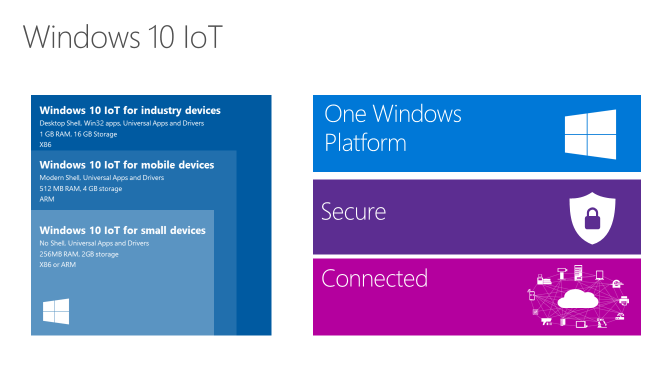
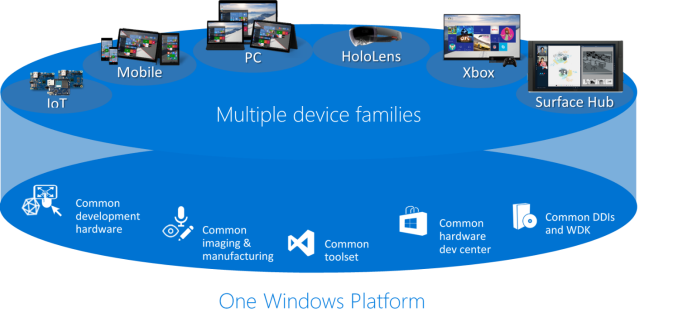
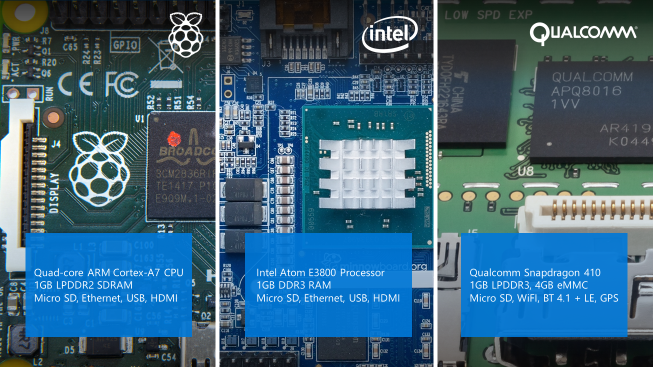

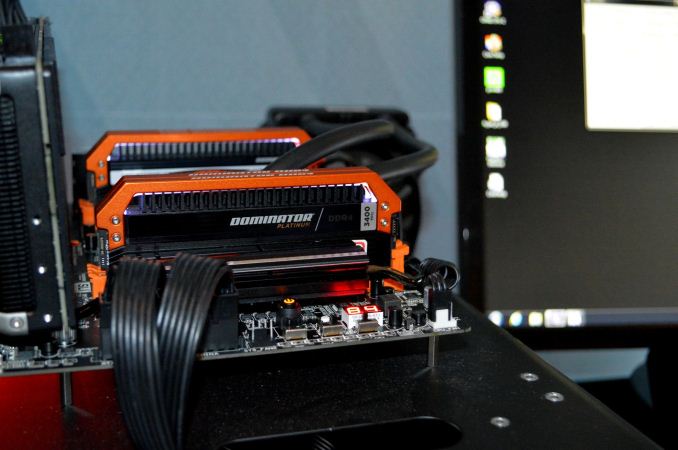
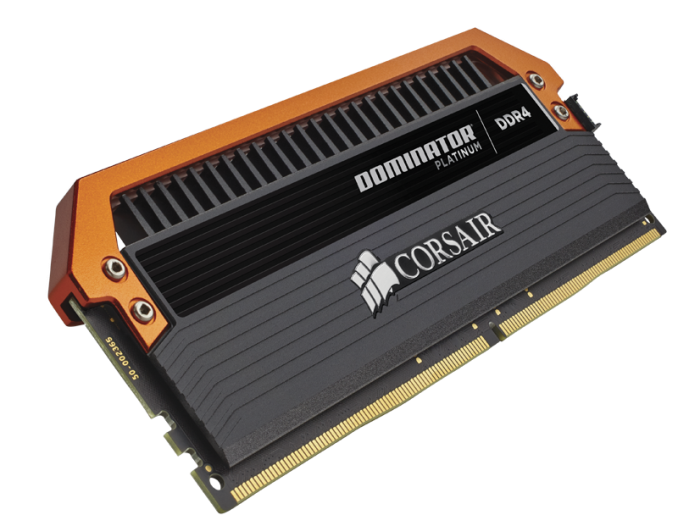
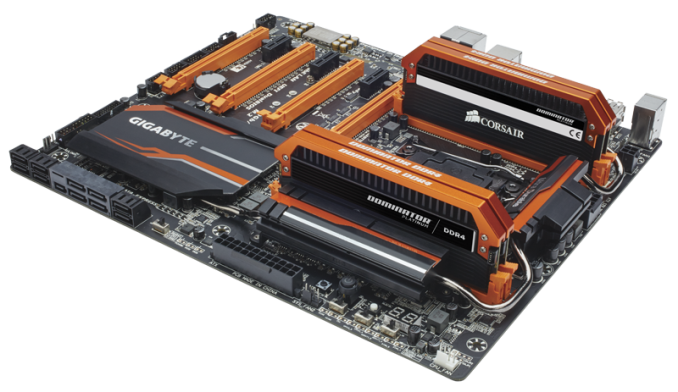
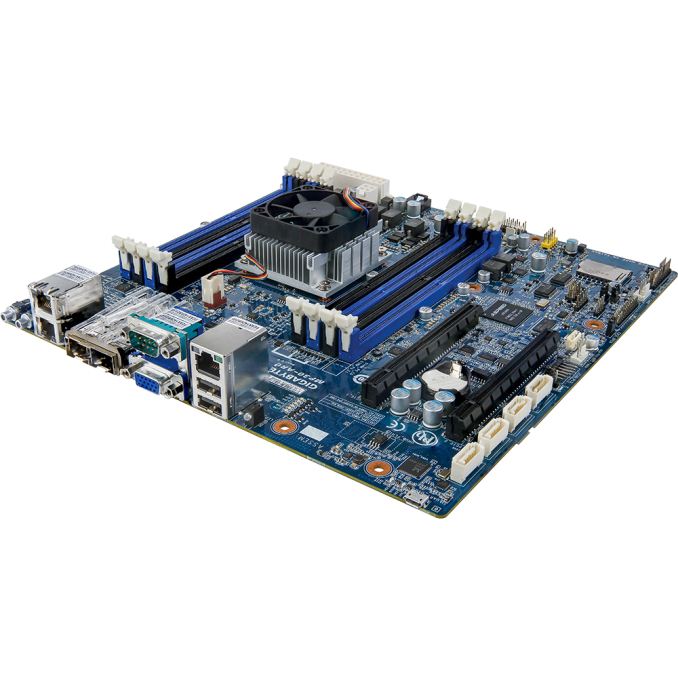

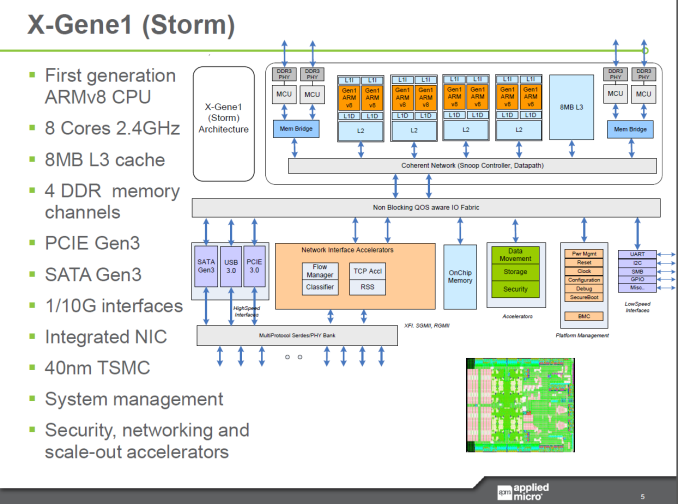

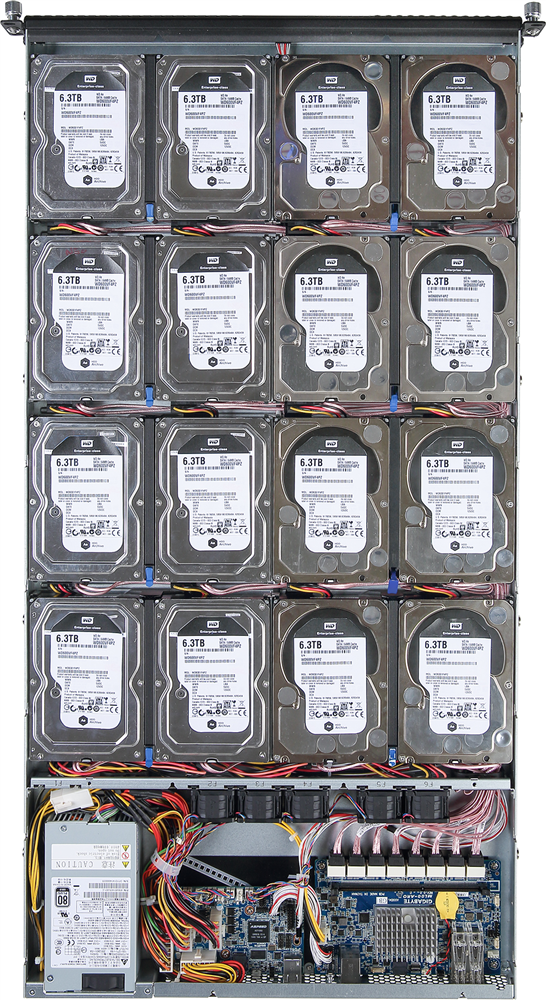




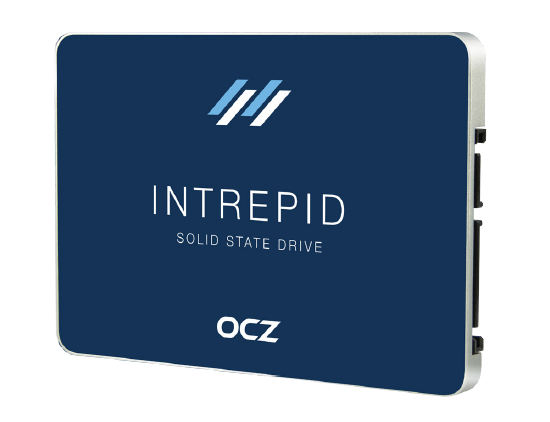

















Bookmarks